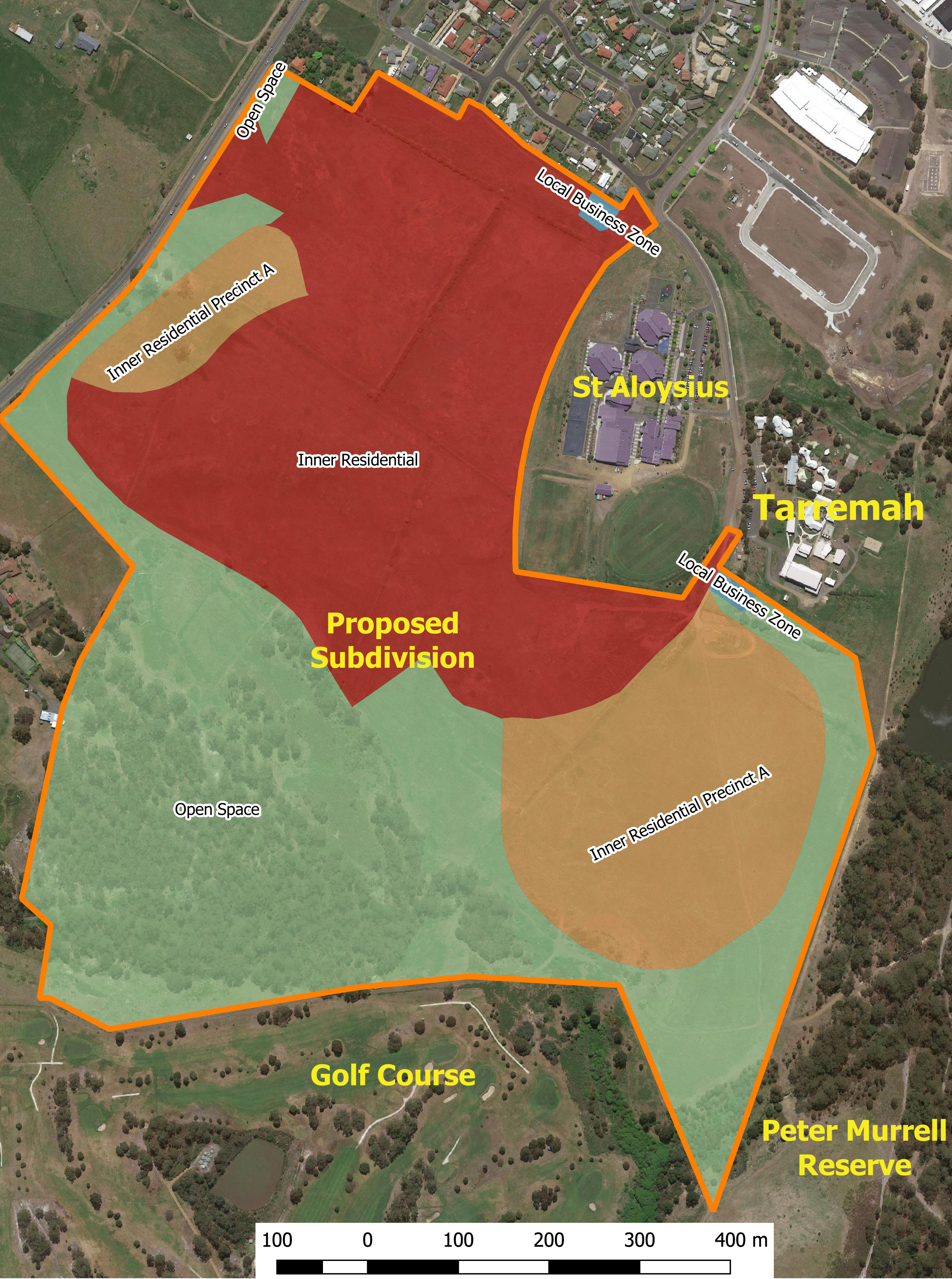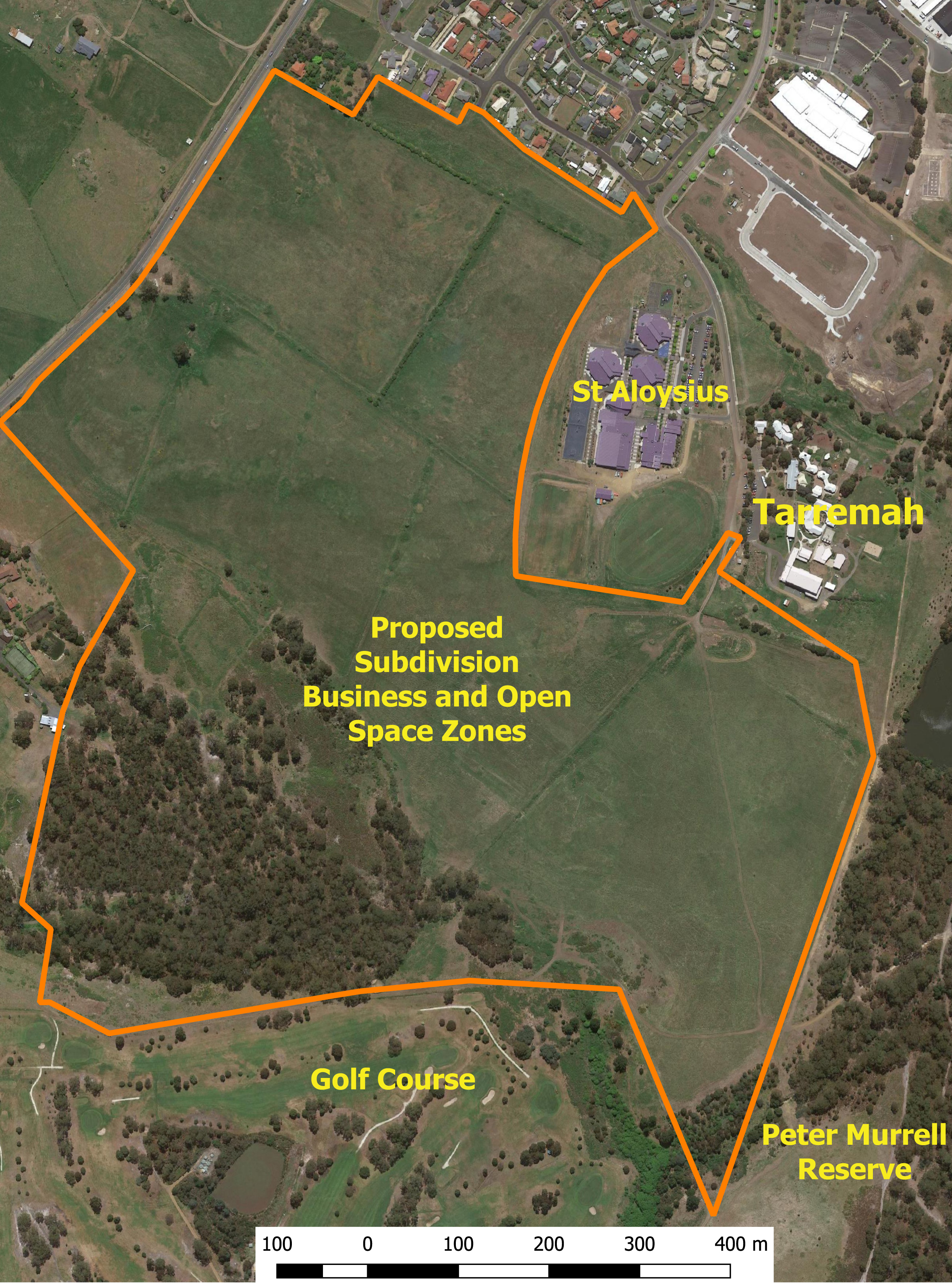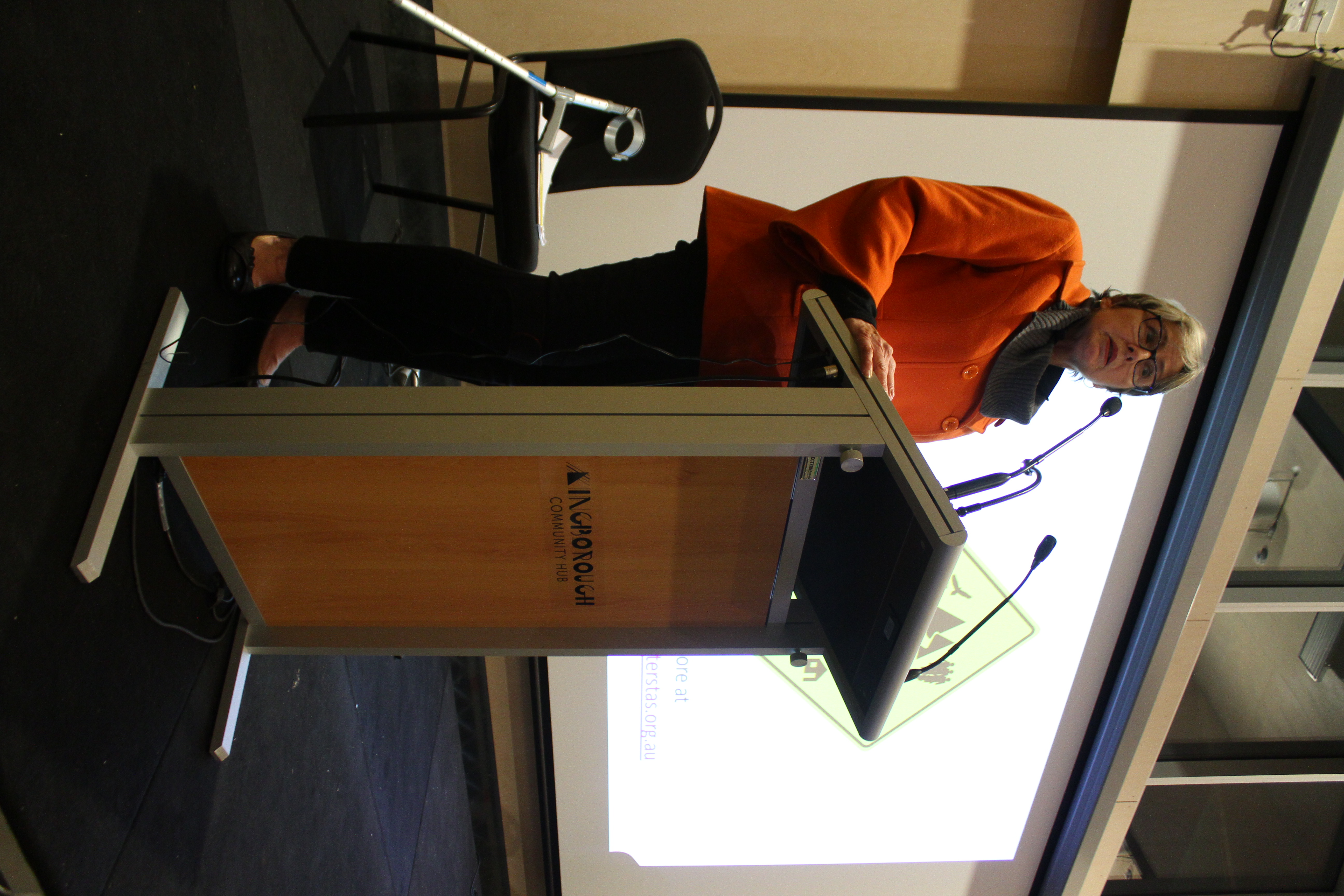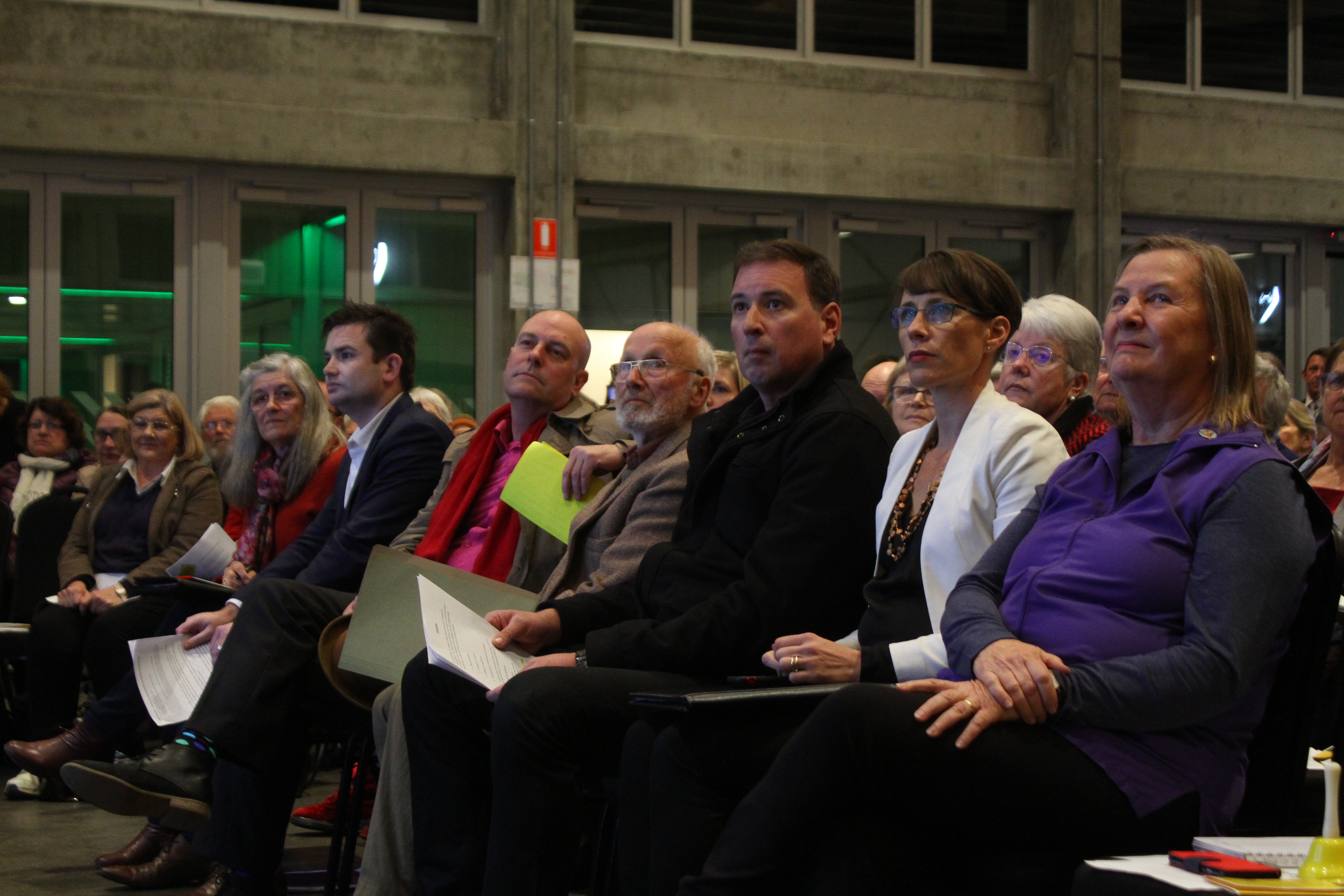The Housing Land Supply Order for Huntingfield, was tabled Tuesday, September 4 for the consideration of Parliament, with The State Government progressing the rezoning of more surplus government land to boost the supply of affordable housing in Tasmania.
The fast-track rezoning of 69 hectares of publicly-owned land at Huntingfield, to allow for one of the largest and most dense subdivisions ever proposed in Tasmania has not been advertised for public comment.
Once finalised, it would see a further 34 hectares of land become available for the construction of more than 450 homes, open space and local business zones to serve the needs of this new community, according to the State Government.
With the State Government’s intent on fast tracking this rezoning through Parliament, the local community, Planning Matters Alliance Tasmania (PMAT) and Kingborough Council are united in calling for the rezoning to go through the normal planning process.
“This new fast track rezone process, implemented via a Housing Land Supply Order, was created by the Tasmanian Government in 2018,” said Sophie Underwood, spokesperson for the Planning Matters Alliance of Tasmania (PMAT).
“The government is the proponent; they chose who they consulted with and will assess the proposal.
“Public scrutiny is completely lacking, and Council and the Tasmanian Planning Commission have been sidelined.
“Does this sound like a robust and transparent process?” asked Sophie Underwood.
Residents of Huntingfield have also questioned the process.
“For a massive site with significant issues including the impact of such a high density of new houses on existing residents, visitors, schools and roads, Peter Murrell Reserve, loss of agricultural land, it is unacceptable that a Housing Land Supply Order does not involve broad consultation with the community or allow for expert input on the consequences of development,” said local Huntingfield resident, Matt Jones.
“We want to ensure that the community has a right of comment to ensure the best outcome for the whole Kingborough community.”
A packed public meeting held at Kingston in July attracted a passionate crowd of well over 300 residents.
Four motions were passed that evening and also called on the Tasmanian Parliament to reject the Housing Supply Order and ensure any rezoning passes through the normal planning process.
At the Kingborough Council meeting, August 26has also renewed its call on the Tasmanian Government to commit to amending the Planning Scheme for the rezoning of Huntingfield through the normal process.
“It is not acceptable for the State Government to slightly reduce the number of house lots, e.g. from 500 to 450 lots, as they have never asked the community if this would be satisfactory and we suspect that it would not,’ Sophie Underwood added.
Kingborough Council has expressed concerns on the infrastructure required and stated their rate payers should not have to wear this cost.
In a statement from Roger Jaensch, Minister for Planning, the State Government said they committed to delivering on the Greater Hobart Traffic Solution, including a corridor planning study for the Channel Highway between Margate and Kingston to identify passenger transport solutions for Kingborough area.
“We recognise there is significant public interest in this project and the Order only relates to the first rezoning stage; it does not provide for the subdivision of the land or the development of any buildings, which will proceed through the normal development assessment process.
“This Order delivers on the Hodgman majority Liberal Government’s commitment to deliver major investment in affordable housing options; to date, this Act has already allowed for housing land supply orders to be passed with rezoned land for housing in Rokeby, Moonah, Devonport and Newnham,” the statement from Mr Jaensch concluded.
Pictured above are the maps of the proposed Huntingfield development tabled at Parliament on Tuesday, September 3, showing the land to be rezoned from rural classification to inner residential zoning, including two inner residential A areas allowing for even more dense development and smaller land plots.
Also pictured above, concerned community members at the proposed development site and the meeting where the motions were passed asking Members of Parliament to reject the proposal in favour of the normal planning processes.




